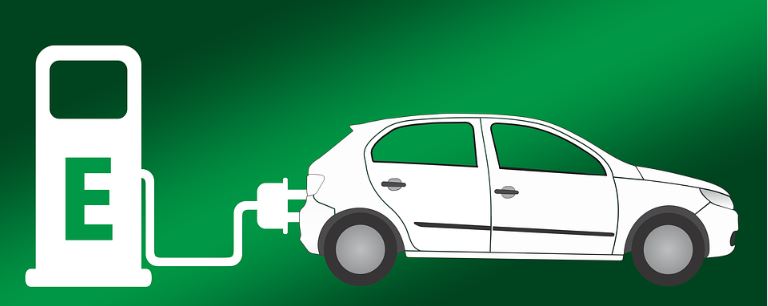
The movement of people and products is essential to modern society, yet the way we now carry people and goods has a detrimental effect on both the environment and human health. People are now buying more environmentally friendly vehicles for many reasons. One of the main reasons is that they are more cost-effective and save you a lot of money, which is an investment that pays off.
What Kinds of Electric Vehicles Can Now Be Seen on the Road?
There are currently numerous varieties. Cars can be divided into battery electric vehicles, which are only powered by an electric motor, and a variety of plug-in hybrid vehicles, which include both an internal combustion engine and an electric motor.
Electricity can also be used to power other kinds of vehicles.
On the streets, you can see more and more electric vehicles like e-scooters, which can be found on Official Hoverboard, bicycles, vans, and electric buses.
There are also small boats, ships, ferries, and railroad engines among the other types of transportation.
What Percentage of Cars Are Electric?
The number of battery and plug-in hybrid electric vehicles sold rises every year.
In the EU, almost 150,000 brand-new electric vehicles were sold in 2017.
Even though sales of electric automobiles have grown quickly in percentage terms, they still make up a modest portion of overall sales—only 1.2% in 2015. Only one in every seven hundred cars, or roughly 0.15 percent of all vehicles on the road, is thought to be electric.
What Are the Electric Vehicle Policies?
Governments are now dedicated to developing low-carbon transportation options and encouraging alternatives to conventional technologies and internal combustion engine fuels.
Electric cars are only one component.
Other policies emphasize the infrastructure required for electric vehicles, such as charging stations, while some stimulate the growth of renewable electricity and fuels.
The maximum amount of carbon dioxide (CO2) that new vehicles can emit per kilometer is determined by a few distinct pieces of legislation.
These objectives have promoted the development of low-emission vehicles, such as electric cars.
Why Should the Fleet of Vehicles Include Electric Vehicles?
The use of fossil fuels in the transportation industry harms the climate and local air quality.
This is brought on by dangerous air pollutants like nitrogen oxides and particulate matter, as well as CO2 emissions from car exhausts.
One of the biggest contributors to noise pollution is also road traffic.
Increasing the number of electric vehicles on the road can dramatically reduce overall greenhouse gas emissions and air pollution, especially if the power is generated from renewable sources.
However, even when power is produced using fossil fuels, switching to electric cars might be advantageous for urban environments if we take into account the decrease in regional air and noise pollution.
Why Do Some Countries Have a Higher Preference for Electric Vehicles Than Others?
Nearly all nations are making efforts to promote electric vehicles, but only a small number have been able to significantly expand sales.
There are some good examples of countries with a comprehensive package of incentives that lead the way in this field.
They purchase subsidies, which bring the cost of electric vehicles closer to that of conventional cars, and are one policy that seems to work particularly well.
Other incentives include ways to lower the cost of owning electric vehicles, such as lower annual taxes or exemption from tolls, free parking, or the ability to utilize bus-only lanes.
The Rules of the Road for Electric Vehicles
Electric vehicles are subject to the same regulations as conventional vehicles, but they also get some breaks.
The increased use of electric vehicles has necessitated some regulation modifications to safeguard users and other parties.
For instance, you must be 18 years old, wear a helmet, and have a reflective vest when operating an electric scooter or other 2-wheeled vehicles.
Speed limits must also be followed regardless of the type of road being used, such as a cycle path or sidewalk.
The Highway Code specifies the proper conduct for traffic. Therefore, some electric vehicles are compliant with current laws and are only permitted on the road and on designated tracks—not on sidewalks.
Of course, it’s against the law to drive the wrong way and use a phone while driving.
You may be interested in: How To Choose The Best Trucking Companies For Transportation?

